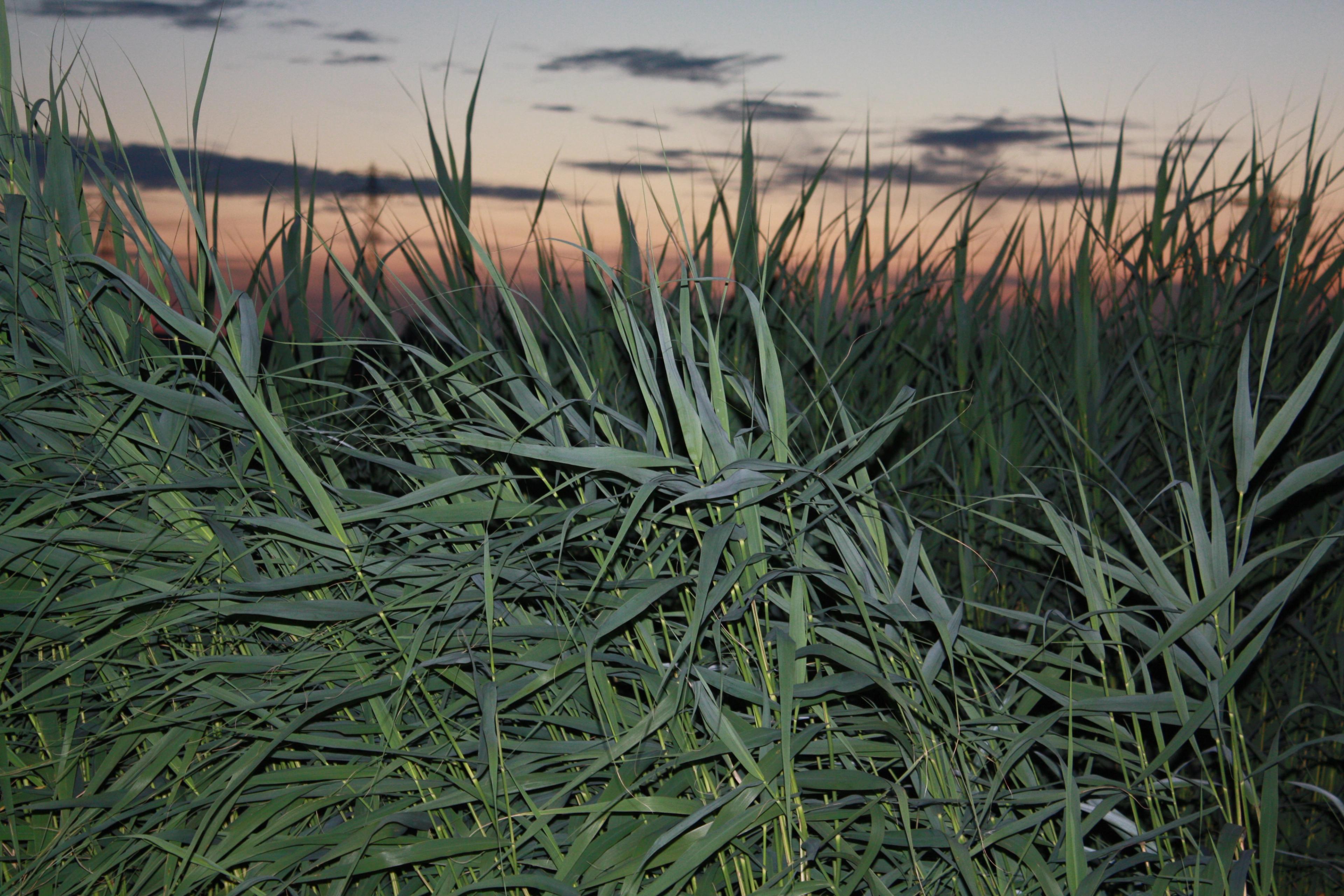Aarden in de Polder - Exhibition opening on Saturday, 27 September
Save the date: Exhibition opening on Saturday, 27 September.
27 September–16 November 2025
Casco Art Institute: Working for the Commons
Lange Nieuwstraat 7, 3512 PA Utrecht
Scroll down for public program ⬇
From Casco's website:
To land again, to find ground—not only beneath our feet, but within. Where do we truly live? After leaving, drifting, or being pulled away—how do we return?
Casco Art Institute: Working for the Commons is pleased to announce its 2025 Autumn artistic program, Rerooting in the Polder, an exhibition by Frisian artist and long-term Casco collaborator Wapke Feenstra. Co-initiator of the artist collective Myvillages (2003) and Rural School of Economics (2019), Feenstra has spent several decades investigating the ecologies of land—its physical, mental, and social dimensions—by tapping into local knowledges and engaging with people and the everyday. Through her work, she gives form to ways of living with the land that have eroded over time, that which persists, and the potential that lies therein.
With Rerooting in the Polder, Feenstra’s long-standing engagement turns toward the Dutch landscape, offering particular attention to the distinctive form of the polders: flat, low-lying tracts of land (re)claimed from the sea, lakes, or rivers, made agriculturally productive and protected by dikes, and maintained through an intricate network of canals, pumping stations, and drainage systems.
Rather than simply retracing its history, the project unfolds as an inquiry into what a more sustainable future for this landscape might look like. Ongoing debates around polder management and agriculture—especially amid climate crisis and ecosystem collapse—have led Feenstra to reflect critically on the limits of policy frameworks and top-down transitions. In a sector where “knowing becomes measuring” and visions for change remain elusive, she proposes an alternative lens.
In the exhibition, Feenstra approaches the polder as both a deeply personal and culturally constructed terrain. Resisting detached, abstract readings, she foregrounds how the polder is lived and experienced—through senses, emotion, embodied memory, and position—while situating these within the broader social, historical, and economic forces that have shaped the land. Thus, the polder emerges not merely as a system of spatial planning, but as a complex archive of shared practices, values, and ways of knowing.
The exhibition features both former and newly commissioned works—including large-scale textile pieces, murals, photographs, geological animations, paintings, and films—that invite visitors to attune to their own sensory and emotional relationship with the land. Both intimately felt and collectively produced, the project reflects a desire to reconnect: to return, sense anew, and root again in an ever-shifting terrain.
Bringing agriculture and culture into active conversation, Rerooting in the Polder responds to the need for a more imaginative approach to “poldering.” Feenstra argues that technical solutions prove their limits. What is needed is a cultural shift—one that moves beyond the narrow, modernist Dutch vision of landscape management, rooted in control, efficiency, and productivity—whose consequences ripple at both local and global scales.
In her approach, Feenstra also addresses how dominant visions of the polder as a purely productive landscape—physically and functionally separated from the city—have reinforced the divide between the urban and the rural. Infrastructures such as dikes and canals, along with planning policies and economic models, have entrenched this spatial and cultural separation. Challenging these inherited boundaries, the project turns to often-overlooked rural stories embedded within (sub)urban spaces, particularly in Utrecht, Leidsche Rijn, and Haarzuilens. Moreover, the artist actively engages in communal artistic inquiry into the Boterhuispolder near Leiden.
Centuries of agricultural practice, migration, and urbanization have left geological, archaeological, and cultural traces beneath the city and its surroundings. Yet, as the project underscores, uncovering these physical remnants alone is not enough. Just as crucial is engaging with rural mindsets carried across generations—modes of thinking and relating to land that, despite ongoing urbanization, continue to shape life along the urban–rural continuum, subtle and often invisible. It is in these quiet inheritances that other ways of being with the land might be reimagined.
Rerooting in the Polder marks the first chapter of a new four-year program at Casco, dedicated to continuing trajectories of ecological (un)learning through art and the practice of the commons.
See also website Casco Art Institute
Public program
28 September: Rural School of Economics Seminar – How do our grounds relate?
With Indra Gleizde, Inez Dekker, Alina Dzeravianka, Zoé Crevoisier, Wei & Water Boterhuispolder, Wapke Feenstra, and the Casco team.
Time: 13:30–17:00
Location: Casco Art Institute, Lange Nieuwstraat 7, Utrecht
Snacks, coffee, and tea provided.
RSVP:
4 October: From Field to Fiction – What are the waters driving us?
With Laura van Rossum, Asia Komarova, Maarten Schrama (tbc), and Wapke Feenstra.
Time: 13:30–17:00
Meeting point: Vleuten station; cycling excursion through the Haarzuilens area, ending with a shared gathering.
Snacks provided. Please bring water, waterproof clothing, and a bike.
RSVP:
11 October: Drilling for Stories – What’s beneath the surface?
With Kim Cohen, Herre Wynia, and Wapke Feenstra.
Time: 13:30–17:00
Meeting point: Casco Art Institute, Lange Nieuwstraat 7, Utrecht
Snacks, coffee, and tea provided.
No RSVP required
19 October: Sonic Diary – What does the changing environment sound like?
With Reza Afisina, Katja Berends, Luke Cohlen, and Wapke Feenstra.
Time: 13:30–17:00
Meeting point: Vleuten station; cycling excursion through Leidsche Rijn with collective reading and recording stops along the route.
Snacks provided. Please bring water, waterproof clothing, and a bike. Recording equipment is welcomed (a phone is sufficient).
RSVP:
15–16 November: Farmer’s Market – What’s the taste of the land?
With local farmers, artists, craftspeople, and the Rural School of Economics network.
Time: 12:00–18:00
Location: Casco Art Institute, Lange Nieuwstraat 7, Utrecht
Snacks, coffee, tea, and celebratory drinks provided.
No RSVP required
